Václavské náměstí (English: Wenceslas Square) is known as one of the main city squares in Prague. The rectangular square is lined on both sides by art nouveau style buildings which house various department stores, hotels, cafés, restaurants, and modern shops. Its streets have carried thousands of people through parades, celebrations, protests, political demonstrations, and through the routines of everyday life.
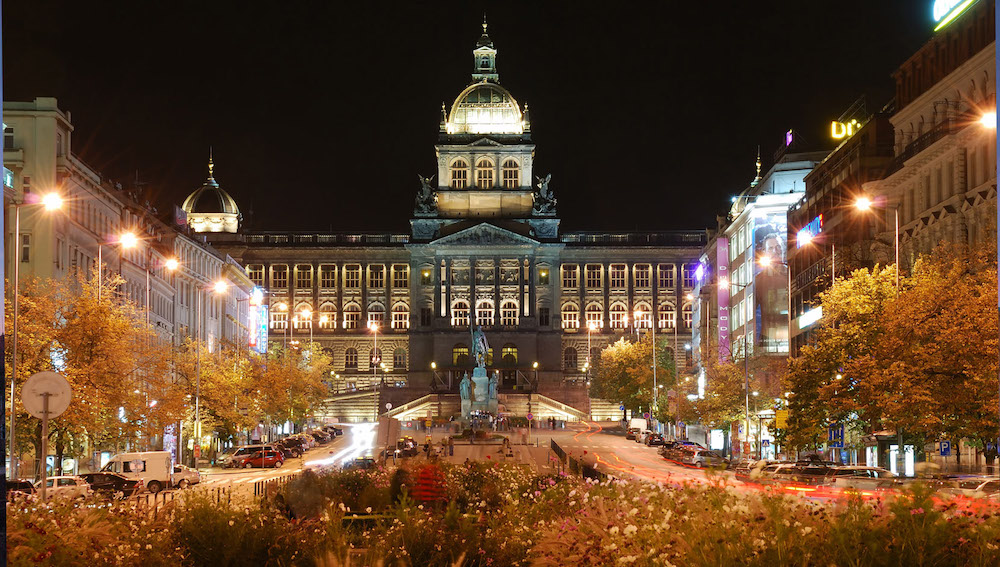
This square has been the setting for many significant historical events. In the 1940s, it saw Nazi parades and demonstrations, during which soldiers in leather boots marched side by side, while red banners bearing black swastikas were flown overhead. In 1969, the burning of Jan Palach, who set himself on fire in protest of the Warsaw Pact invasion of Czechoslovakia took place at the square. And then, just a few months later, in March of 1969, a great celebration took place when, for the second time in that year’s Ice Hockey World Championships, the Czechoslovak nation ice hockey team defeated the team of the USSR. Finally, in 1989, it served as the setting for large demonstrations that took place during the Velvet Revolution.
At the end of the square stands the Czech National Museum with its grand neoclassical columns, glittering blue windows, and gold-tipped domes. The square is also home to the famous statue of Saint Wenceslas, the patron saint of Bohemia, after whom the square is now named.
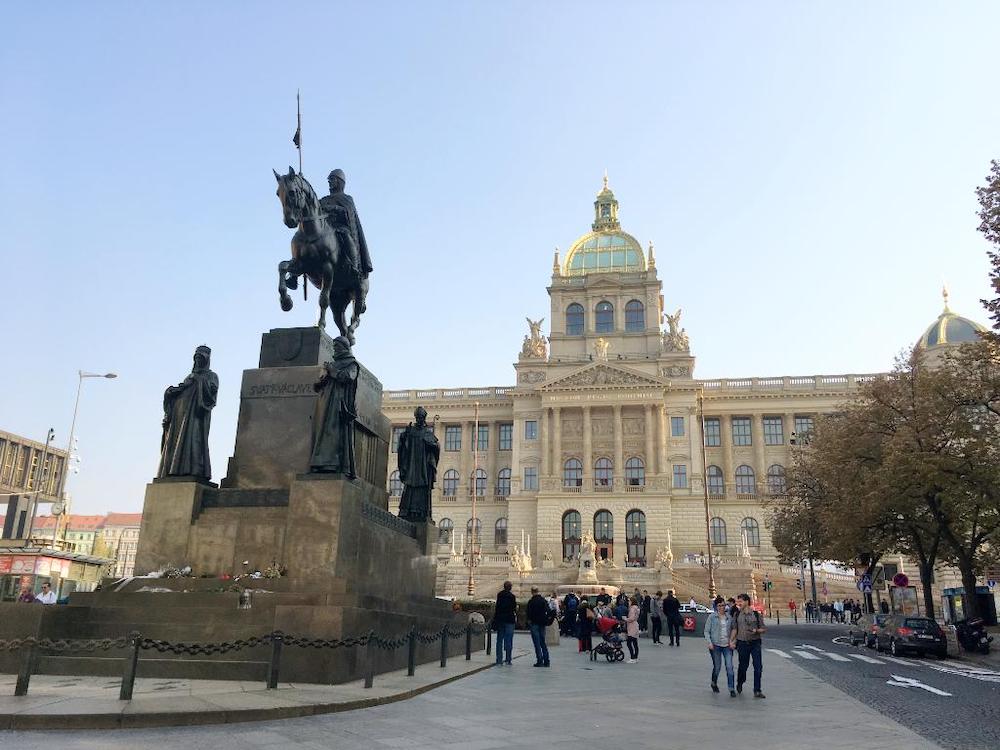
But long before the demonstrations and parades, and before the square changed names, it was known as Koňský trh (English: Horse Market). The square was named Koňský trh because, during the Middle Ages, the horse markets took place there.
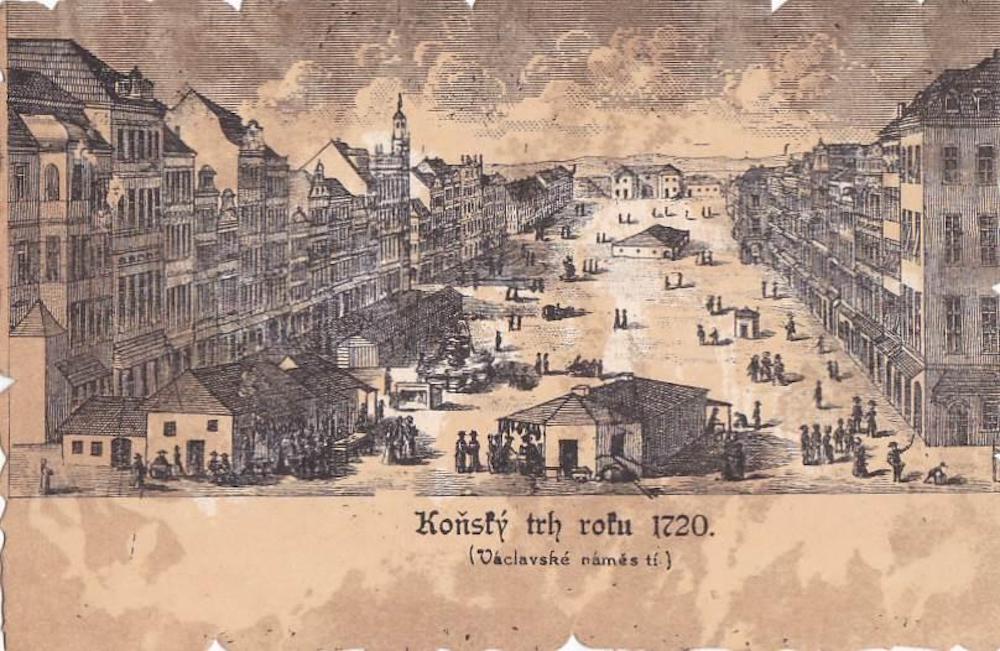
The square was first constructed in 1348 when King Charles IV of Bohemia founded the New Town of Prague. It was originally built as a horse market and it served that function for a long time before becoming the glittering center of tourism and commerce which it is known as today.
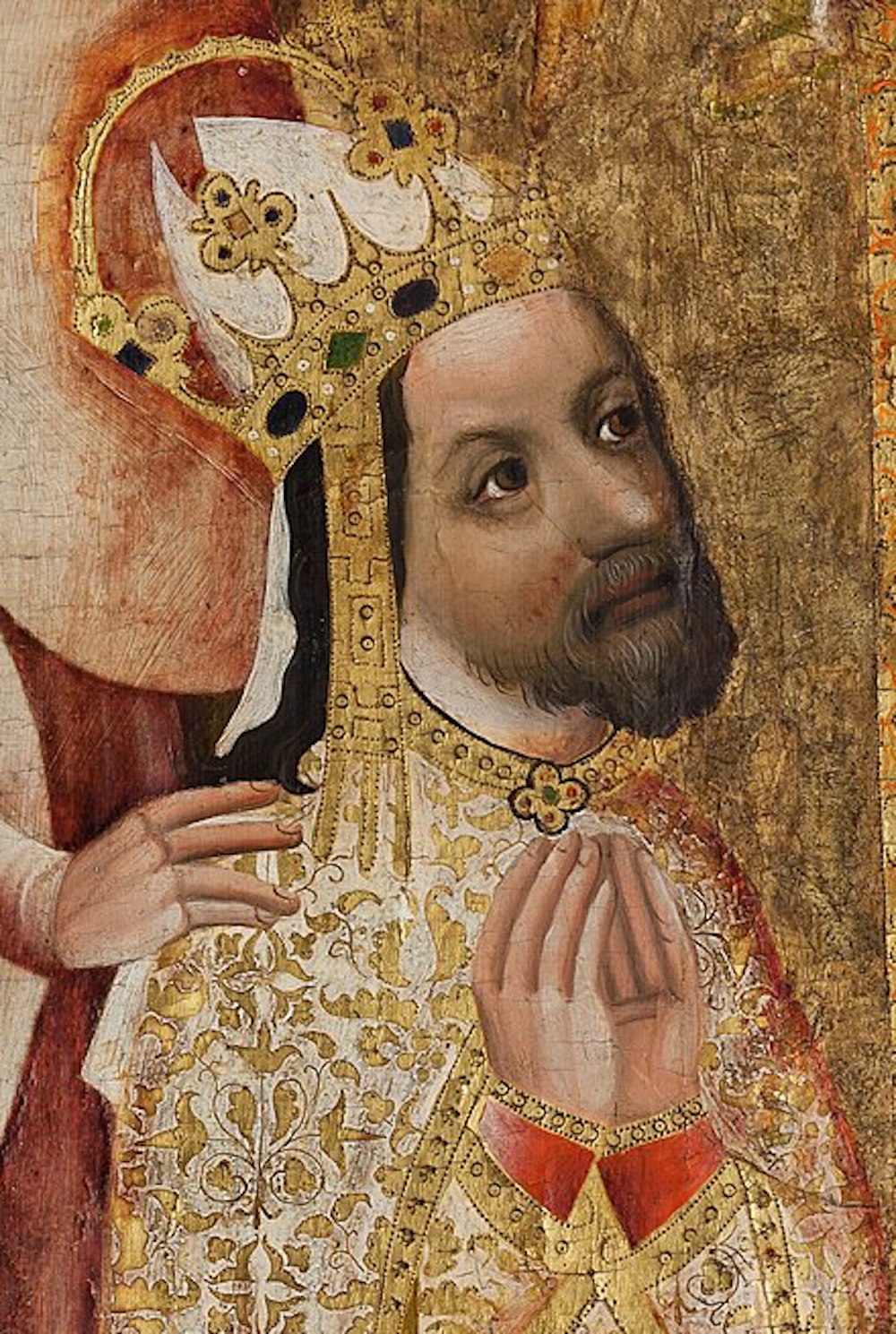
Back then, Václavské náměstí was an open marketplace with no significant monuments or buildings around it. The streets were made of dirt and the few small buildings surrounding the marketplace were mostly home to wagonmakers, coppersmiths, cabinet makers, and farriers.
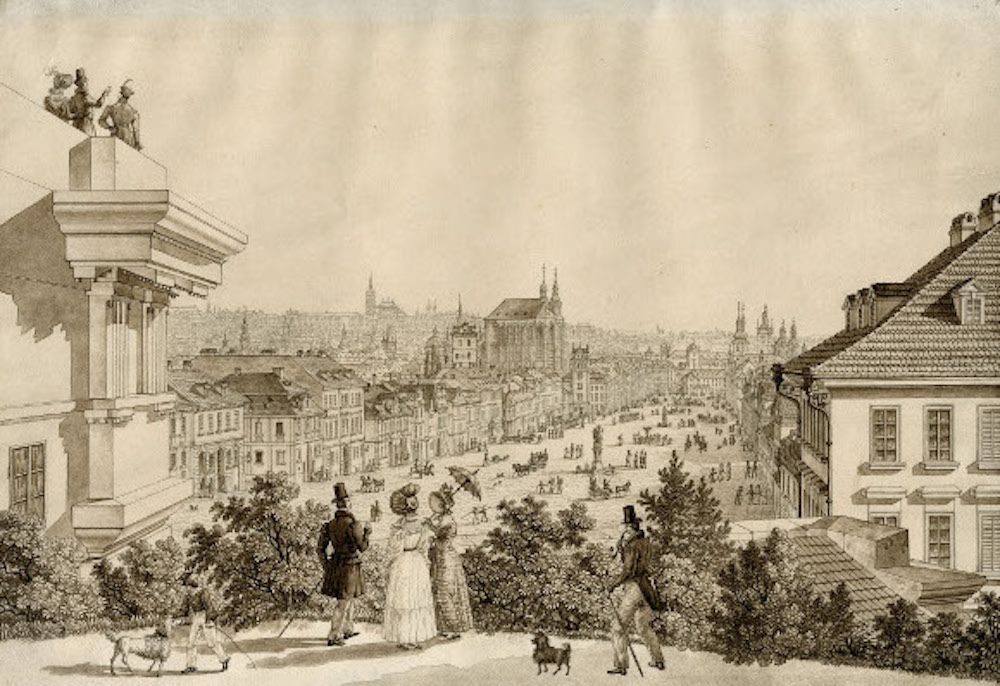
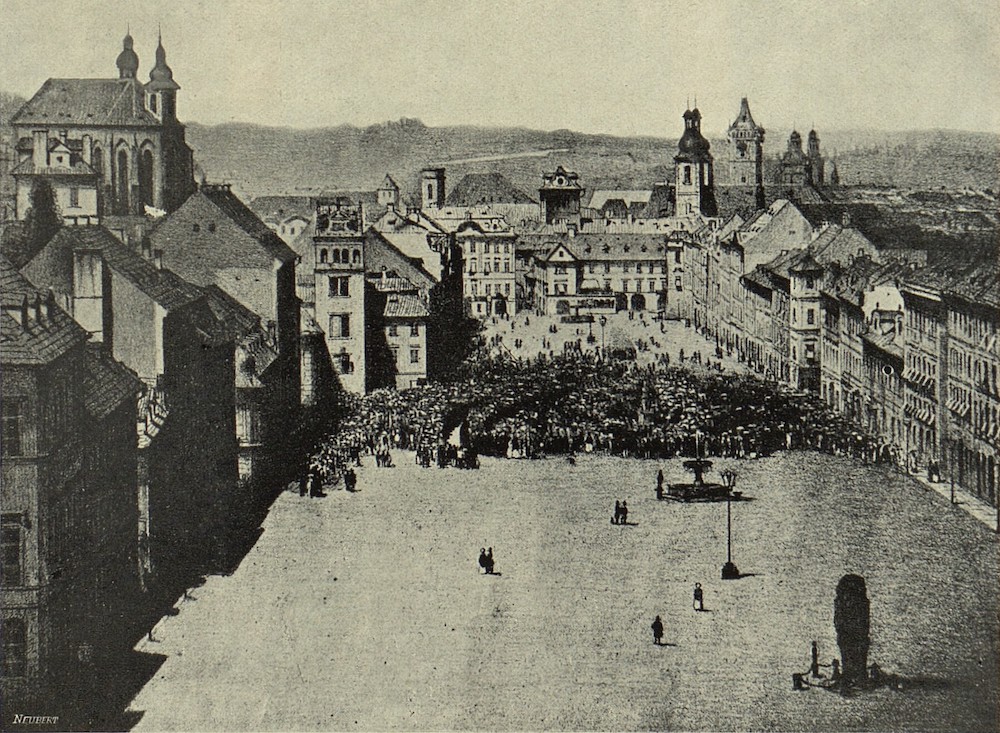
Regular markets were held at the square, where the main trade was horses. Gray, white, and brown dray horses stood in the streets like giants, their strength apparent by their powerful appearance, their monumental hooves leaving crescent-shaped grooves in the dirt as they walked. Smaller, leaner horses were traded too; ones with muscular legs, shiny tails, and flaring black nostrils.
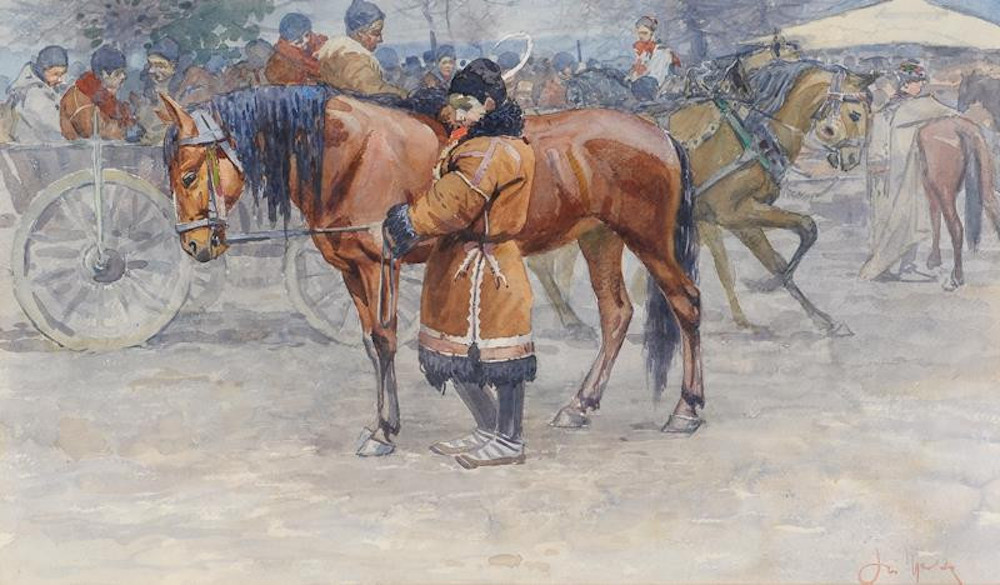
Today, Václavské náměstí bears little resemblance to the horse market it once was. Now the famous square, which has become a historic landmark, is crowded with yellow taxi cabs, pedestrians, and neon signs.
In the Winter, its bare-limbed trees are decorated with tiny sparkling strands of light and stands selling mulled wine and sugar-coated Trdelníks send their sweet fragrances drifting over the square. In the Spring, flowers grow up beside the cobblestone sidewalks and people sit at the outdoor restaurants and cafés, warming themselves in the sun.
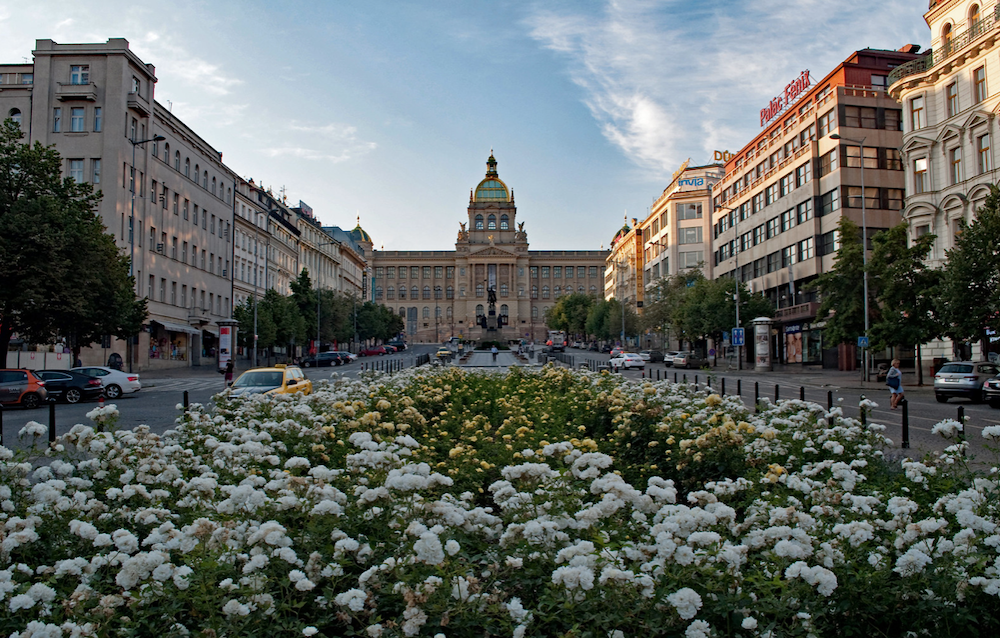
Václavské náměstí has changed very much over the years. Yet through all of these years it has remained a place where people gather, either to trade or to celebrate or to protest. And to this day people continue to flock there, to shop and stroll or to simply eat and enjoy the atmosphere.
Thank you for your support – We appreciate you more than you know!
We know that you could spend hours, days, weeks and months finding some of this information yourselves – but at this website, we curate the best of what we find for you and place it easily and conveniently into one place. Please take a moment today to recognize our efforts and make a donation towards the operational costs of this site – your support keeps the site alive and keeps us searching for the best of our heritage to bring to you.
Remember, we rely solely on your donations to keep the project going.
Thank you in advance!
If you have not already subscribed to get TresBohemes.com delivered to your inbox, please use the form below now so you never miss another post.

















